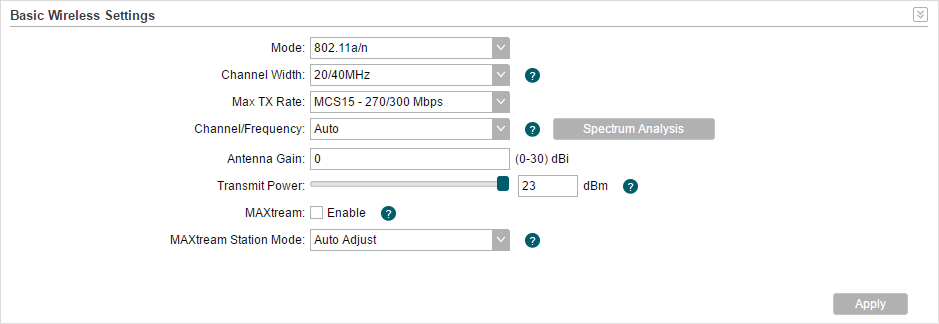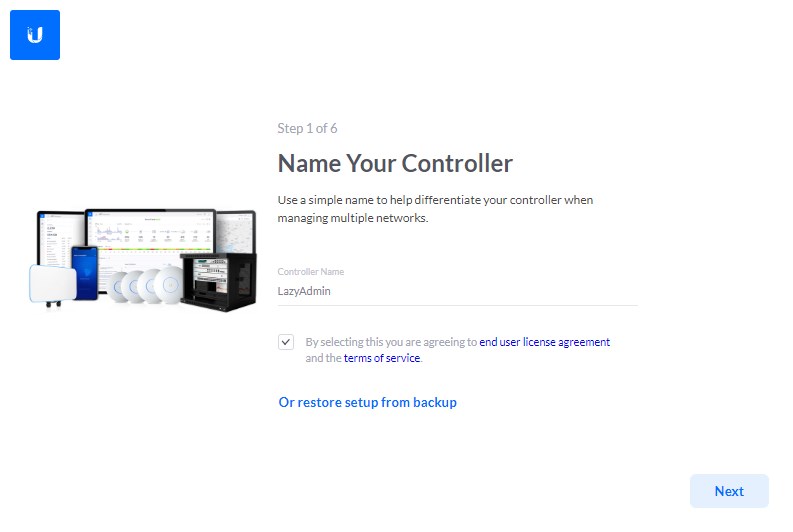
A collision domain is a network segment connected by a shared medium or through repeaters where data packets may collide with one another while being sent. The station asks if it can send data at this moment, the AP tells all the clients to be quiet for a given amount of time and sends the requester a clearance as an approval to send for that specific chunk of time.Īll the above is a so-called Collison Domain. The more stations you have the more likely a collision is to occur.Īlso, an optional protocol is the RTS/CTS Request to Send/Clear to Send. The receiver would experience a collision and data would have to be retransmitted. This is done to avoid that two stations transmit at the same time. If the channel is occupied the station will wait a random time until it listens again. If the channel is available, then the station will transmit. An 802.11 station will listen to the wireless channel prior to transmitting the data. It is based on CSMA/CA Carrier Sense Multiple Access/Collision Avoidance Protocol. To understand this one, you need to understand how a communication is regulated by the 802.11 standards. The second reason is a clearly defined communication from a neighbouring RF source talking place on your channel. The more noise there is, the less you'll understand, and you will have to repeat your words until your friend understands you or in some case may need to come closer otherwise the message won’t reach him. Imagine you're in a packed bar with lots of people and you're trying to talk to a friend just a few feet away, but you're not allowed to shout. Why is it important to use a clean channel?

UNIFI 5G CHANNEL WIDTH FOR MAC INSTALL
In a normal case, you would install your AP without making this scan resulting in a very low throughput and you wouldn’t know why!
UNIFI 5G CHANNEL WIDTH FOR MAC FULL
It can scan the full spectrum and shows the utilisation of each available channel and channel width. This scan will show you also radios that a "normal" Wi-Fi scanner won't see. For example, you can use the ability of the latest Unifi AC APs to do an RF-Environment scan. To achieve this, you can do an RF scanning in advanced Wi-Fi equipment. It's important to know your environment, you should aim to use channels with low utilisation. This results in a shorter range.įor 2.4GHz it's recommended to use HT20 with channels 1, 6 and 11. The wider you run your AP, more power must be spread across a wider channel. Higher width means more throughput but, the drawback is that this uses more available radio spectrum and you'll have less clean channels to use for additional APs. Unifi defines that with HT20, HT40 and HT80 (20MHz, 40MHz and 80MHz). Latest technologies use channel bonding, this permits to use larger channel bandwidth for higher throughput. This channel assignment pertains to the centre frequency of the first 20MHz used by the station. In radio communication, an AP receives a channel and bandwidth assignment over which it transmits and receives signals from clients. To avoid interference and maximizing the performance of Wi-Fi it is crucial to understand how channels work. Mind that the number of available channels for 5GHz depends on the region you live in.īecause 5GHz provides shorter signal coverage than the 2.4GHz and has more available channels, will be the right choice to choose for a high-density situation for example shared offices, buildings and highly populated areas. It offers more non-overlapping channels to choose from than the 2.4GHz spectrums. This causes interference which in turn causes network slowness and network disconnects.ĥGHz gives you much more flexibility. "Channel saturation" happens when too many Wireless Access Points ("WAP") have a Wi-Fi Network SSID operating on the same channel and are too close together. The problem is, that in most places the 2.4GHz spectrum has become overcrowded with competing APs (neighbours AP, Bluetooth, Baby monitors, Wireless Headphones etc…)Īll these devices using the same frequency range from 2400 MHz to 2483 MHz can cause saturation.


2.4GHz travels further than a 5GHz wave and will get more easily through an obstacle.Ģ.4GHz APs have a longer history than 5GHz capable APs. Of course, obstacles do further weaken the wireless signal. When a wave travels, it takes a signal loss due to a phenomenon called “Free Space Path Loss”, or for short “FSPL”.Īs a rule, lower frequencies have a longer wavelength and can travel further than higher frequencies. These waves operate at different frequencies. APs and clients transmit data from one location to another in form of electromagnetic waves.


 0 kommentar(er)
0 kommentar(er)
